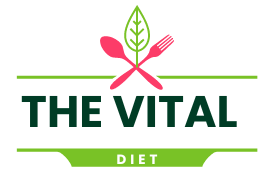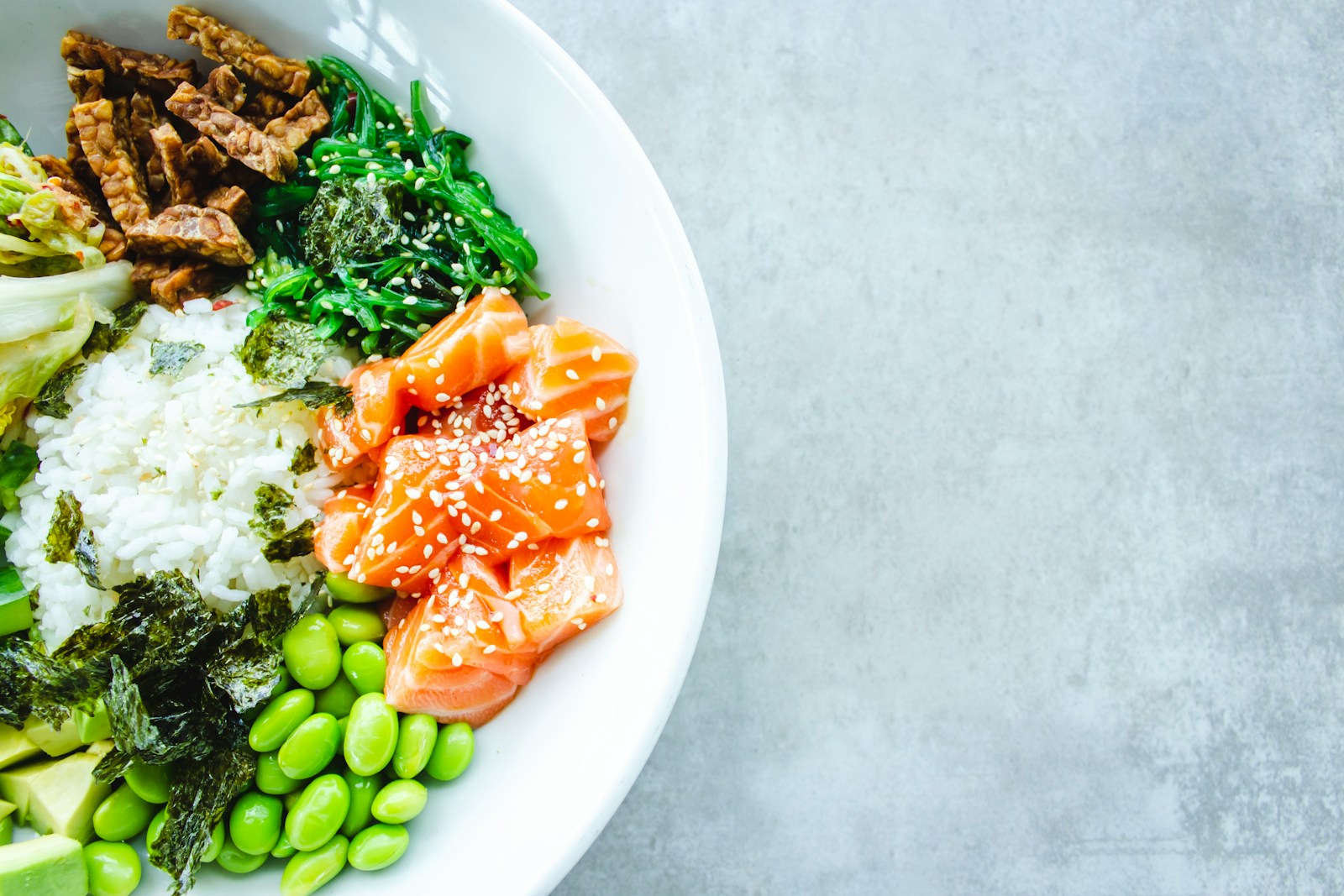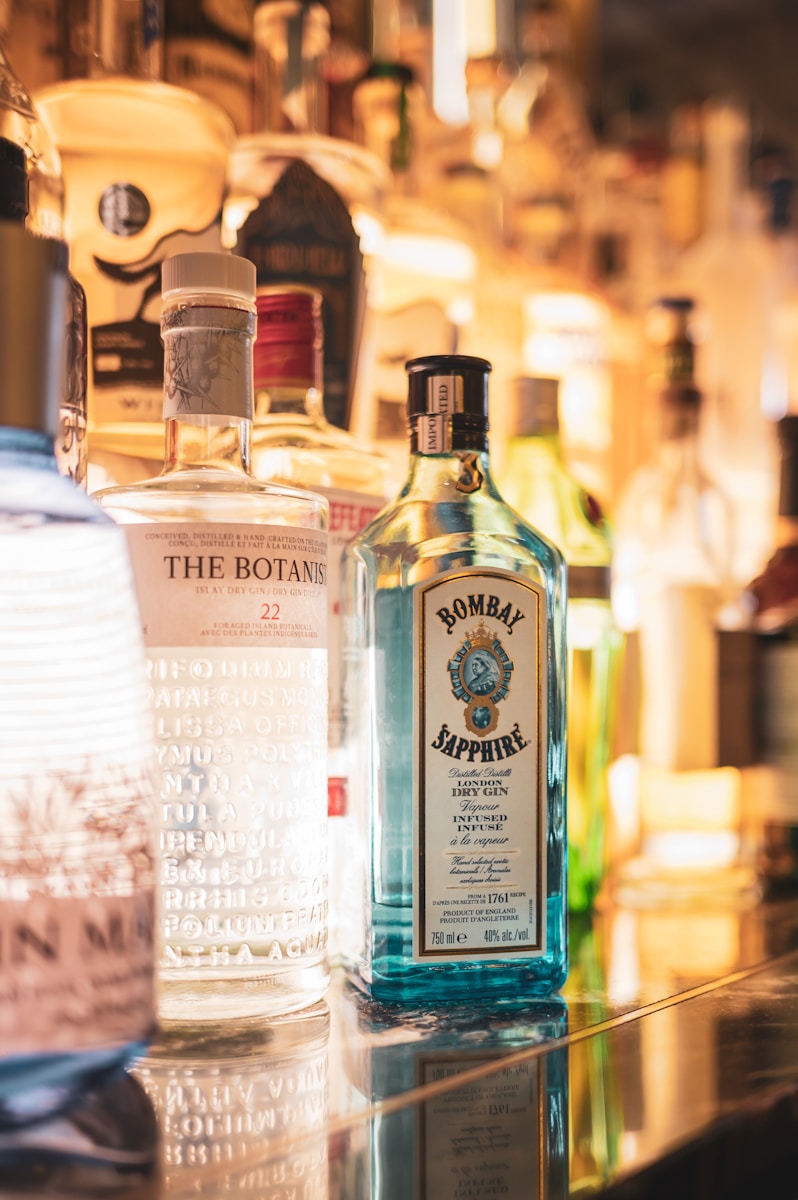
Portion control is an essential aspect of healthy eating. It’s not just about what you eat, but also how much you eat. This guide will provide insights into the typical portion sizes for an array of common foods.

Table of Contents
- Introduction
- Breakfast Cereal
- Chicken
- Beef Burger
- Coffee Creamer
- Cooking Oil Spray
- Bread
- Fruits
- Soft Drinks
- Salad Dressing
- Conclusion
- References
Introduction
Portion size plays a crucial role in maintaining a balanced diet. Even with nutrient-rich foods, being mindful of your intake is essential. This becomes particularly important when tracking your calorie, fat, sodium, or sugar intake for weight loss or health reasons.
Note: The portion sizes on labels are not always the recommended amounts. They often reflect the average quantity people consume at a time.
Breakfast Cereal

Cereal is a common breakfast choice. However, it’s easy to pour more than the recommended serving size, which can lead to unintentional overeating.
Typically, a serving of cereal is one cup. Yet, certain health organizations suggest a slightly smaller portion, like 3/4 cup. This can vary depending on the brand and type of cereal, as some cereals are denser than others.
Chicken

Chicken is a popular source of lean protein. The recommended portion size for chicken is roughly 3 to 4 ounces – about the size of a deck of cards.
Keep in mind that chicken servings from different sources can vary. For instance, some chicken breasts sold at stores can be two or three times the recommended serving size.
Beef Burger

Burgers are a beloved food item. However, they can be misleading when it comes to portion sizes. A quarter-pound burger, slightly larger than the recommended serving size of 3 ounces, is common. However, restaurant burgers can be significantly larger, leading to a higher intake of calories and fat than you might expect.
Coffee Creamer

Adding creamer to your coffee can significantly increase the calorie and fat content of your drink. A single serving of creamer is one tablespoon. If you consume more than this, the added sugar can add up quickly, especially when using fat-free creamers, which often contain added sugars.
Cooking Oil Spray

Using cooking oil spray is a great way to reduce fat and calories in your meals. However, it’s important to account for the calories in the spray itself. A typical serving of cooking spray is a 1/4 second spray, while a more common three-second spray can add 60 calories and 3 grams of fat to your meal.
Bread

Bread is a staple in many diets. However, the calorie content can vary greatly depending on the type and brand of bread. For example, denser bread can contain twice as many calories as lighter, thin bread.
Fruits

Fruits are incredibly nutrient-dense and an excellent dessert alternative. However, if you’re watching your calorie or sugar intake, it’s essential to monitor your portions. A serving of grapes, for example, is one cup or about 16 grapes.
Soft Drinks

Sugary drinks like soda can easily lead to overconsumption. A serving size of soda is typically 12 ounces, but it’s not uncommon for people to consume much more, especially when refilling at a soda fountain.
Salad Dressing

While salads are usually a healthy choice, the dressing can add significant amounts of calories and fat. A serving size of salad dressing is typically just two tablespoons, but it’s common to use more, especially when dining out.





